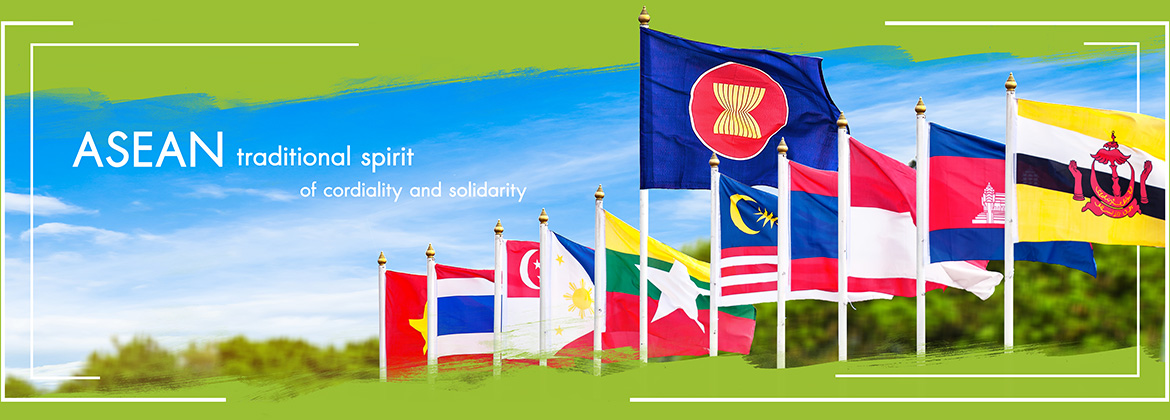Current Issues
24 March 2011 : INFOSAN note: Monitoring for Chemicals in Foods
Radio nuclear accident in Japan Over the past weeks, it has been aware around the world that INFOSAN was informed information on measures conducted by 1. Measures for monitoring of food for radionuclide contamination 1) The issuance of a Notice addressing food safety by concerned authority The issued notice ordered all local food safety inspection authorities to monitor/investigate radionuclide levels in foods. The objective of this mission is to identify/prevent potential food safety risk associated with radioactive nuclides contamination. The Levels for radionuclide in various food types are also indicated. The notice can be downloaded at http://www.mhlw.go.jp/stf/ houdou/2r9852000001558e.html. 2) The procedure for monitoring radionuclide in environment use in nuclear accidents and radiological events “A manual for radionuclide testing in foods†was followed for the afore-mentioned monitoring / investigation. The document is an additional part of the "National Guideline for Monitoring Radionuclide in Environment, Used in Situations Related to Nuclear Accidents and Radiological Events". 3) Radionuclide test in specific foods Radionuclide test in specific foods are conducted. The selection of food types is based on related information such as production area, volume of harvests/market and actual radionuclide levels in the environment of concern. 4) Precaution measure Concerned foods are subjected to withdrawal from a market for precaution, if the detected levels are exceeded the guidelines levels announced in the mentioned above notice. However, so far no identification on high levels of radionuclide contaminations in foods has been reported. 2. Measures for overall radionuclide contamination monitoring in the environment The mentioned National Guideline for Monitoring Radionuclide in Environment was followed to monitor actual radionuclide levels in different areas. 3. For general food safety and hygiene controls General information and guidance are provided to local authorities that will subsequently advice people in the affected areas for their health and hygiene control. In addition, INFOSAN also recommended the useful related document and websites of the situation which are: - Codex guideline levels for certain radionuclides in food, especially infant foods. The guidelines are available at http://www.codexalimentarius.net/download/standards/17/CXS_193e.pdf. - WHO website providing general and some specific information - Joint FAO/IAEA Programme providing advice on immediate actions to prevent and mitigate the radioactive contamination of agricultural foodstuffs Observations <!--[if !supportLists]-->- <!--[endif]-->Regarding to those revealed information above, it can be observed that some of them are only available in Japanese only, particularly information on monitoring of contaminations in foods and environment <!--[if !supportLists]-->- <!--[endif]--> <!--[if !supportLists]-->- <!--[endif]-->Among the disaster situation in <!--[if !supportLists]-->- <!--[endif]-->Other than sufficient organized strategies and procedures used for emergency situations, the affected people and society are also a significant contribution for dealing the situations effectively and orderly. Source: INFOSAN www.codexalimentarius.net
